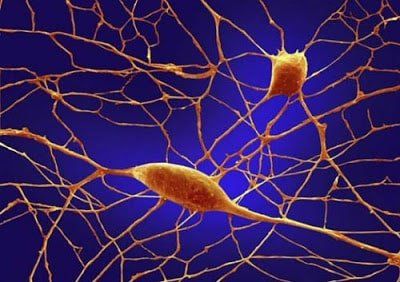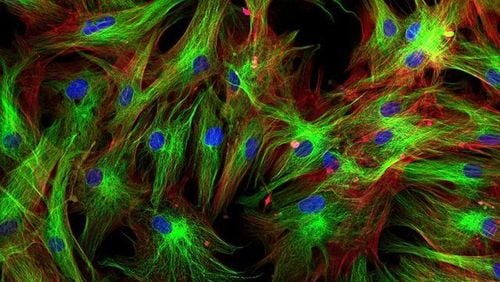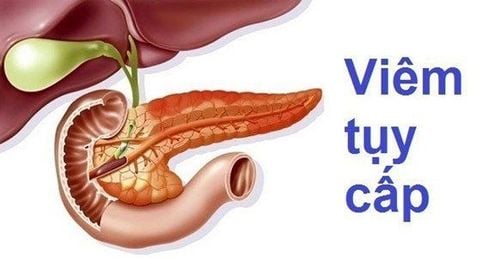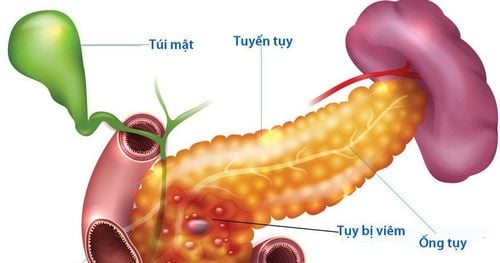This is an automatically translated article.
Cells are the basic living units of the body, cells make up tissues, tissues make up organs (visceral organs) and organs make up the body. When cells are damaged, the body will manifest disease. Cellular degeneration that occurs may or may not be reversible, thereby leading to accompanying consequences.
1. Cell's living activity
Cells exchange with the environment by two processes of anabolism and catabolism. Assimilation is the process by which cells absorb substances from the environment into cells, converting these substances into substances that are beneficial for cell survival and development. Catabolism is the process by which cells convert products obtained from the environment into metabolic products (growth factors, proteins, KT...) and release those products into the environment.
Normally anabolism and catabolism are always in equilibrium. When the process of anabolism and catabolism is no longer in equilibrium, cells will be damaged, the body will manifest disease.
2. Causes of cell damage
Physical agents: Trauma, burns, radiation. Chemical agents: Drugs, chemicals. Bacteria, viruses, parasites. Immune responses. Genetic diseases. Nutritional disorders.
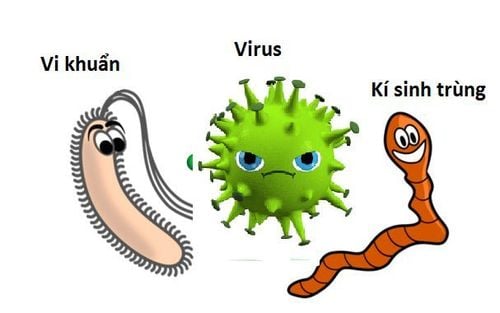
Các vi khuẩn, virus, ký sinh trùng có thể là nguyên nhân gây tổn thương tế bào
3. Basic cellular damage
There are 3 types of damage:
Reversible damage (Cellular degeneration). Irreversible damage (cell necrosis). Adaptive lesions (Atrophy - Hypertrophy - Hyperplasia - Hypoplasia - Metaplasia - Dysplasia).
4. What is cell degeneration?
Degenerative definition is a pathological condition that causes cells to change in structure and function. Injury is mainly in the cytoplasm of the cell. These lesions are reversible when the pathological stimuli are reduced or eliminated. There are 3 basic types of degeneration:
Granular Degeneration: : is a pathological condition in which the cells are enlarged with water, and small granules appear in the cytoplasm of the cells, which become red when stained with hematoxylin-eosin. (H.E.). The functional activity of degenerative cells is reduced. This is a non-specific lesion, common in the parenchymal cells of the viscera (hepatocytes in heart failure, renal tubular cells in toxicity).
Hydropic degeneration : Closely related to granulomatous degeneration. Cells swell, water accumulates in the endoplasmic reticulum sacs, forming unequal light cavities. Dehydration is common in visceral parenchymal cells (liver cells, renal tubular cells) due to lack of oxygen or toxicity. Lipoic degeneration: A condition in which fat droplets appear in the cytoplasm of cells. Fat degeneration is manifested by large, round, light cavities in the cytoplasm of cells when stained with H.E... Fatty degeneration is common in hepatocytes, especially in the central lobules, due to metabolic disorders. alcoholism, after hepatitis).
5. What is cell necrosis?
Definition: Necrosis is the death of cells and tissues that occurs in a living organism. There are 5 main types of cell necrosis:
Coagulative necrosis: The necrotic tissue has solidification of intracellular and extracellular fluids, the necrotic tissue becomes solid, yellow-gray in color. Coagulation necrosis is common in the extremities and fingers and is often caused by vascular disease (arteritis embolism). Coagulation necrosis is also common in solid organs such as the heart and liver (myocardial infarction). Liquefactive necrosis: The necrotic tissue is liquefied, soft, in the necrotic tissue or with bacterial invasion and many inflammatory cells. Water necrosis is seen in cerebral infarction (cerebral infarction): the brain cells lose shape, liquefy, the brain becomes soft and eventually becomes a fluid-filled cyst. Water necrosis is also seen in myocardial infarction when there is an infection. Caseous necrosis: The necrotic tissue is yellowish-white, friable, and fragile (resembling bean paste). Podiatric necrosis is common in pulmonary tuberculosis and lymphadenopathy. The fovea of necrosis in tuberculosis is called pox necrosis. Podiatric necrosis can also be seen in fungal diseases (histoplasmosis). Fat necrosis: The area of necrosis is white like a candle because the active lipolytic enzymes convert fat into glycerol and free fatty acids. Fat necrosis in acute pancreatitis: the pancreas is swollen, the pancreatic duct is blocked, the pancreatic juice destroys the pancreatic tissue and the fatty tissue around the pancreas, forming candles in the abdomen. Fibrinoid necrosis: The area of necrosis forms a pinkish (eosin-stained) substance resembling fibrin. Fibrous necrosis is common on the serosa surface (inflammation of the pleura, pericardium, and fibrin peritoneum). The surface of the inflamed necrotic membrane is rough or sticky (adhesions to the pleura, pericardium, and peritoneum).
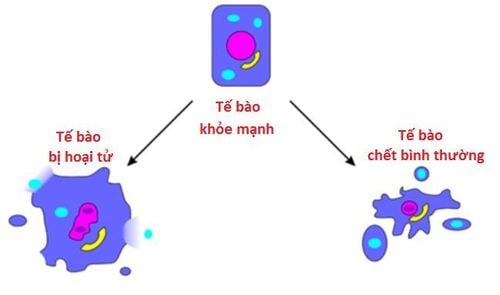
Hoại tử là sự chết tế bào và mô xảy ra trên cơ thể sống
6. What is adaptive vulnerability?
There are 4 types of adaptive lesions:
Change in cell size: atrophy, hypertrophy. Change in the number of cells: Hyperplasia, hypoplasia (involution). Changes in cell differentiation: Metaplasia, dysplasia. Changes in cellular metabolism: Accumulation.
Please dial HOTLINE for more information or register for an appointment HERE. Download MyVinmec app to make appointments faster and to manage your bookings easily.





